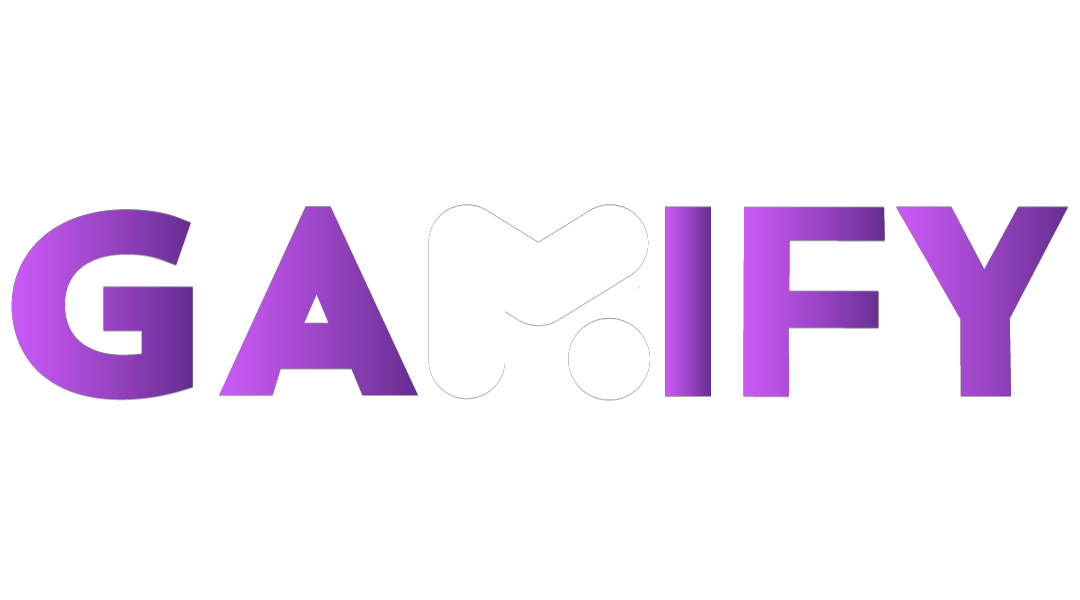Introduction
Custom software projects can feel overwhelming without a clear roadmap. That’s where the software development lifecycle (SDLC) comes in. SDLC outlines the structured phases that a project moves through—from idea to launch and beyond. Understanding this process helps businesses set realistic expectations, improve communication, and ensure the success of their software investment.
What Is the SDLC?
The SDLC is a framework that defines the steps involved in developing, deploying, and maintaining software. It ensures structure, quality, and alignment across development teams and stakeholders.
Key Phases of the Software Development Lifecycle
Planning and Requirements
The project begins with discovery sessions where we define objectives, user needs, technical requirements, timelines, and budgets. This stage ensures a shared understanding and sets the project direction.
Design and Architecture
UX and UI designers create wireframes and interactive prototypes. Developers plan the technical structure including architecture, data flow, and technology stack.
Development
The actual coding begins. Using agile sprints, the development team builds features in prioritized order. Tasks are divided into manageable units and tracked in project management systems.
Testing and QA
Each feature undergoes rigorous testing—unit tests, functional tests, integration tests, and performance checks. QA ensures the software is stable, secure, and meets expectations.
Deployment
Once approved, the software is deployed to a live environment. CI/CD pipelines automate deployment, ensuring consistency and reducing human error.
Maintenance and Updates
Post-launch, the software is monitored for bugs, performance issues, or new feature requests. Updates are released regularly to keep the software secure and relevant.
Common SDLC Methodologies
- Waterfall: Linear and sequential. Best for well-defined projects with fixed requirements.
- Agile: Iterative and flexible. Allows for ongoing feedback and adaptation throughout development.
- Scrum: A specific Agile framework using short sprints and regular retrospectives for rapid delivery.
Benefits of a Structured SDLC
- Reduces project risks and scope creep
- Improves time and cost estimation
- Enhances stakeholder collaboration
- Increases code quality and documentation
- Provides a predictable path from idea to deployment
How Gamify Manages the SDLC
Our SDLC approach is collaborative, transparent, and user-focused. We:
- Use Agile frameworks tailored to your needs
- Provide clear timelines, milestones, and deliverables
- Integrate design, development, and QA from the beginning
- Maintain continuous communication through tools like Trello or Jira
- Offer post-launch support and training
Final Thoughts
Successful software doesn’t happen by accident. It’s the result of a structured process, clear goals, and strong collaboration. Understanding the SDLC helps businesses align with their development partner and build software that delivers real value. At Gamify, we guide clients through every phase with clarity and expertise—turning complex ideas into powerful, scalable digital products.
 Gamify Software Company
Gamify Software Company